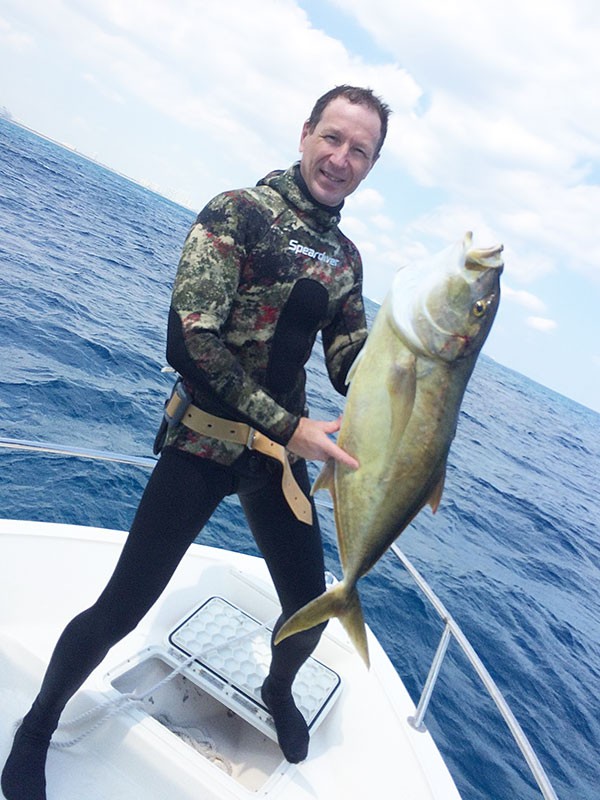Quality freediving wetsuits with smooth interior are commonly referred to as "open cell" which is a misnomer. Manufacturers who use this erroneous designation include omer, and Picasso among others, and even Speardiver. Even though I don't want to I still have to use this term to let buyers know that Speardiver wetsuits are made the same way that they've come to expect from a quality freediving suit.

In this context open cell refers simply to the fact that the interior of the wetsuit is not lined with Lycra or Nylon like your typical scuba suit. The designation open cell does not reflect at all on the type of neoprene used. In reality although neoprene for manufacturing wetsuits varies greatly in quality, ALL neoprene used for wetsuits is closed cell. Real open cell neoprene lets air and water pass through and is useless for our purposes. It's used in other industries, for example this material Perfectex - Neoprene Sheets - Open Cell Open cell means the tiny rubber walled cells filled with air that make up the neoprene are interconnected, not sealed from each other. In closed cell neoprene the micro cells are sealed from each other, if the walls of one break air or water will not pass through the cells adjacent to it and the material remains impermeable.
So to reiterate ALL neoprene used for ALL wetsuits is closed cell. Scuba wetsuits have lining (Nylon or Lycra) attached to both the exterior and interior surfaces. What we've come to know as "open cell" suits have lining (Nylon or Lycra) attached to the exterior surface, and raw smooth neoprene as the interior. This raw smooth neoprene interior is a product of the cutting process that reduces the neoprene to the required thicknes; 3mm, 5mm etc. The exterior neoprene surface under the Lycra lining is actually the same as the interior.
So my dilemma is whether to continue with the misnomer in the Speardiver wetsuit description, or try to educate and improve understanding of the product at the risk of confusing potential customers. What do you think? and if I move away from calling it open cell then what the hell should I call it? The designation smooth skin or chicle has already been applied to baked neoprene surface (still closed cell).

